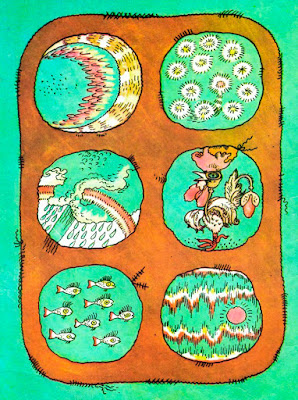If you've been a fan of fairy tales and comics in particular, you're probably aware of the name Serena Valentino. She's also a multi-published novel author and is currently under contract with Disney Press to do a series of novels telling the stories of classic Disney villains. (Apparently, her fairy tale comics, Nightmares & Fairy Tales, were a major factor in her getting the Disney contract, which is interesting since they're very far from what is usually considered the "Disney brand" style and subject material.) Her first, Fairest Of All: A Tale of the Wicked Queen, first published in August 2009 was impressive: lyrical, poetic, fresh and somehow still very true to the movie. I really loved it - both as an alternate look at Snow White and the character of the Queen and as a very different stand alone book. (We had an overview back in 2009 HERE.) To her credit, it didn't feel "Disney" as we usually think of either. I didn't expect it to stay on my "fairy tale retellings to keep in reach" bookcase, but it has a permanent place there.

Her second villain novel was The Beast Within: A Tale of Beauty's Prince published July 2014. (Don't jump on me for calling The Beast a villain - you need to read the book to see just whom it's about and why it's a villain's story.) It shared some aspects of the first novel, in particular three intriguing, yet bizarre characters - Odd Sisters - who are very much like The Fates. Personally I didn't enjoy it nearly as much as the first, although some of the pre-Belle's story scenes of The Beast trying to figure out relationships and friendships were wonderful.


We've known for a while now that she's been working on the third installment, based on Ursula from Disney's The Little Mermaid. (Yes, all of the books take the disney story as the starting point and develop from there, sometimes weaving back into classics, and Angela Carter, other times, moving somewhere altogether new.) While the title is yet to be confirmed, it looks like it will now be Poor Unfortunate Soul: A Tale of a Sea Witch, and that the release date will be moving up from sometime in 2016 to this year instead. Ms. Valentino is currently working on the first pass editor notes for the completed draft (which was very favorable, hence the hint at an earlier release), and just this past week shared little bits from the first chapter.
Here's a sneak peek at the first glimpse:
And here's what she shared with her Facebook friends this week:
As you can see above, so far the covers for the series all show the "classic villain" on the outer dust jacket and the hard cover of the book shows the "unseen" side. I'm curious to know what the inner one will be for Ursula...
Note: A fan put this pic of the dual cover for Fairest together - creepy cool:




















































